Dr. Keyvan Jafari Tehrani, a senior market analyst for steel and iron ore, believes that one of the biggest challenges for Iran's steel market is the "sanctions." In his discussions, he highlights the weaknesses and strengths of the industry, challenges in securing raw materials, market issues, and the relationship between the private and public sectors in this field. He states, "Iran's steel industry is far behind its regional and global competitors in terms of quality, price, and technology."
The main challenge in raw material supply
The most significant challenge facing the steel industry is the supply of raw materials. Many of the country's old mines are facing reduced reserves and grades, and have reached deep levels. Deep extraction is not feasible due to the lack of mining equipment capable of underground extraction, not open-pit mining, and the necessary investment for acquiring such machinery has not been made. These weaknesses make deep iron ore extraction beyond 300 meters uneconomical.
Globally, countries like Sweden are extracting from mines at depths of up to 2 kilometers. One of these mines is the "Kiruna" mine, where extraction started in 1898. It is now the deepest and most equipped underground iron ore mine in the world. I visited this mine in 2014 when the extraction depth was 1,360 meters, and it has now reached a depth of 2,000 meters. This mine nearly closed due to the drop in iron ore prices between 2014 and 2017 but reopened before the COVID-19 outbreak when prices began to rise.
In general, we do not have such modern technologies or facilities for deep extractions, such as the new HMPT project, which is one of the latest technologies. We also need the technology for processing titanomagnetite, which has abundant reserves in Sistan and Baluchestan and Kerman. Titanomagnetite can be used in modern projects like DRTM (Direct Reduction of Titanomagnetite), and alongside the production of sponge iron (DRI), which compensates for the shortage of iron ore in the country, titanium rutile and ingots can also be produced, which have high export value.
The difficulty of building new markets under sanctions
Regarding the market, the biggest challenge for the steel industry is the sanctions. Naturally, with the potential return of Donald Trump to office, sanctions will intensify, further limiting Iran's export markets. Moreover, shipping costs will increase, tightening the space for this market. Under sanctions, it becomes much more difficult to create new markets. The issue of maintaining existing markets is also a challenging task, but it must be done with all possible efforts.
Iran's steel industry lags behind regional and global competitors
Iran's steel industry is much lower in quality, price, and technology compared to its regional and global competitors. We should not forget that there are very modern technologies in the world and in regional countries, such as the hot briquetted iron (HBI) method. In this new technique, iron ore is directly processed into HBI and even CBI products without the need for pellet production, which reduces costs. Even in this new technology, hematite is used for producing these products. Steel production follows the same principle. With new technologies, the volume of human labor is greatly reduced, intermediate products are eliminated, and long products like rebar are produced directly without the need for billet production, as well as flat products like sheets without the need for slabs.
The inability of large ships to dock in the country’s ports
The limitations in the supply chain are mainly due to the restrictions in iron ore extraction and production. One of our problems in terms of exports is also related to infrastructure. There is no possibility of large ships docking in the country’s ports. We see that in the ports of regional countries, even 400,000-ton ships have been docking for a long time. While these ships will no longer be economically viable for transporting iron ore from Brazil after 2030, they have been part of the fleet since 2012, and this capability has been available along the coast of Oman for about 10 years. We have not been able to take advantage of this due to the limitations of our ports. Our ports are old, and the loading capacity is low, causing ships to wait in long queues for loading and anchor for extended periods, resulting in heavy demurrage fees. All of these issues, in addition to problems caused by sanctions, the high risks in transferring money, lack of banking transactions, high costs of money transfer through currency exchanges, etc., are the barriers we face in exports.
The private sector can play an effective role in iron ore production for the steel industry
The government has created problems with its regulations and restrictions. For example, export duties are one of the export barriers. In a situation where many mines are limited due to increased government fees, continuing this process will make the mines less efficient, leading to their closure. This will exacerbate the iron ore shortage problem because the private sector can play an effective role in producing and supplying the iron ore needed for the steel industry, provided that the government provides the necessary support to the private sector.
To develop steel exports, support for the private sector and traders should be increased. Most of the steel exports in the country are carried out by private domestic companies and private companies registered abroad but mostly owned by Iranians. If these companies are not supported and do not make profits, we will face export limitations. We cannot eliminate the export restrictions due to sanctions, but at least the export regulations should be facilitated, which can help to some extent. However, everything is currently uncertain, and it is not clear what will happen in the Trump administration.


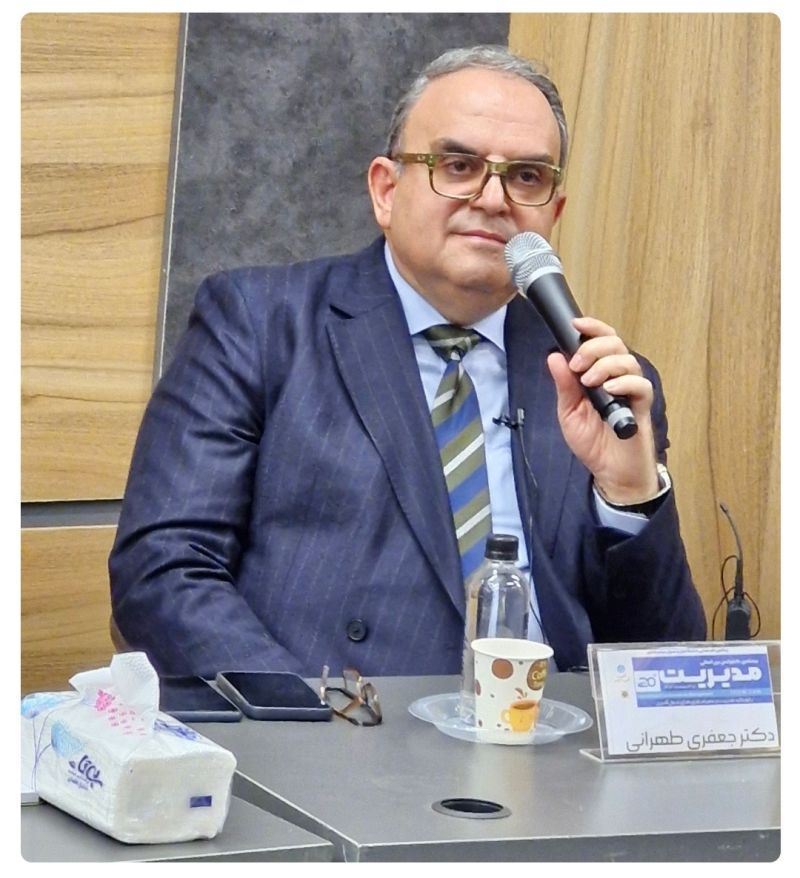
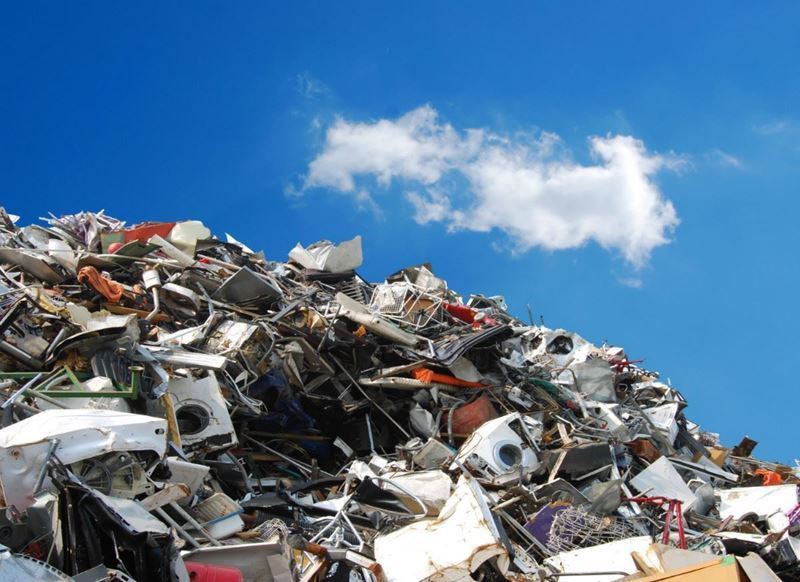
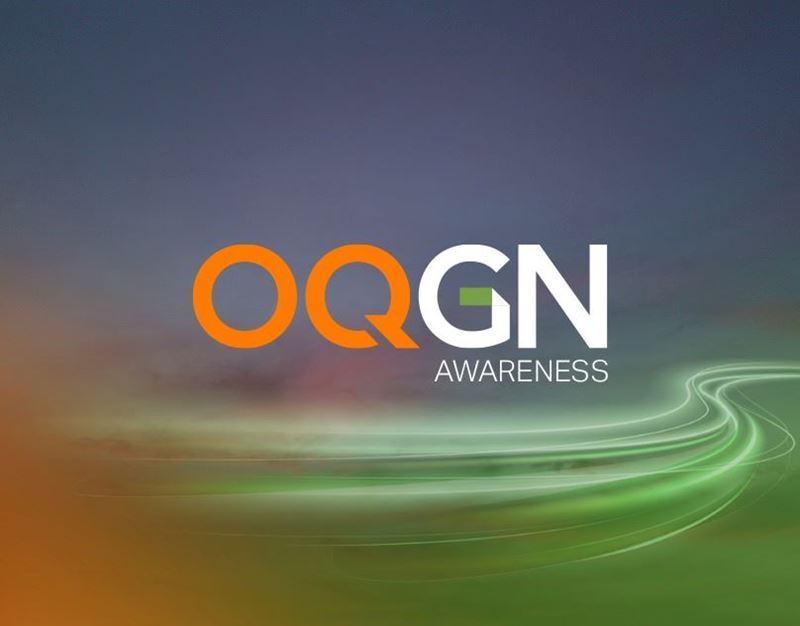

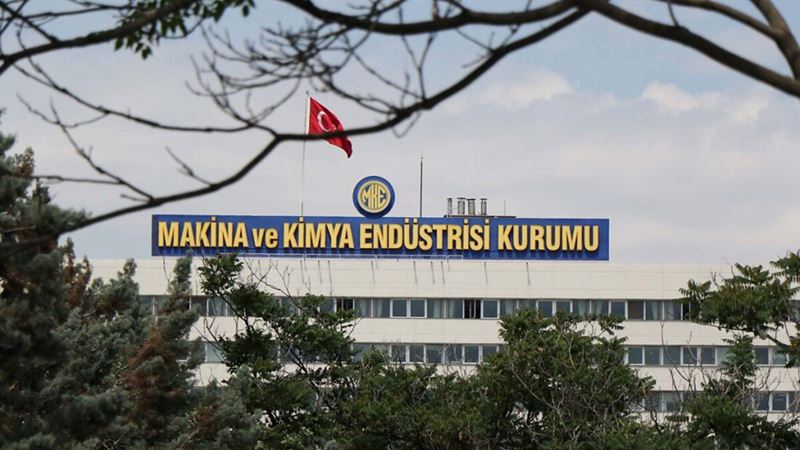
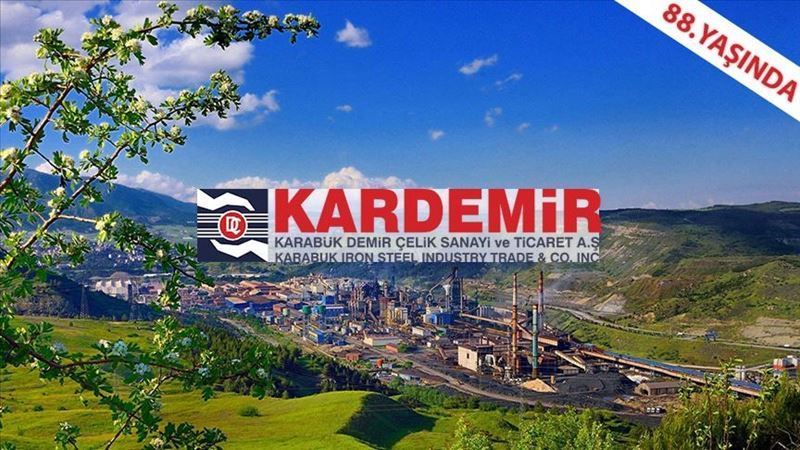

Comments
No comment yet.